Before I moved to my rock, I thought I’d cycle everywhere.
“It’ll be fine! I won’t need a car.” I naively told people.
I held onto this vision of sunshine bicycle rides under gently swaying palm trees right up until the minute I stepped out of the airport.
Then it became very, very apparent that it wasn’t going to work.
For one thing, it’s hard to cycle when there are no pavements or cycle paths.
For another, it’s downright dangerous when everyone on the island drives like they’re in a very low rent version of Formula One.
That is, if Formula One had zero rules and everyone was drunk.
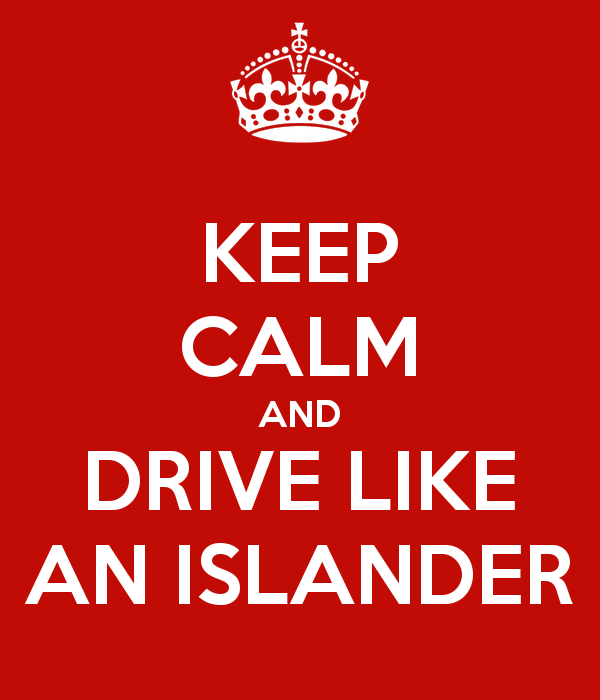
Here are some handy guidelines if you’re new to driving on a rock. I warn you now – it’s going to take a whole new set of skills and a lot of patience…
1. No one knows how roundabouts work
Much like the internet, electricity, and the television, no one on my rock knows how roundabouts work.
In their defense, it’s probably because roundabouts are a European thing. If you happen to be born on the wrong side of the Atlantic, chances are you view large circles in the road with distrust and suspicion.
On my island, drivers enter the roundabout at a fast pace believing that speed will cover any gaps in understanding. Then they pick a lane (apparently at random) and whirl around until they happen upon their exit.
For the driver who is carefully following the rules of the road (i.e. me), it is necessary to drive even more defensively than usual.
This requires looking in every direction at every possible moment and anticipating every possible outcome.
By the time you exit the roundabout, you will probably have neck ache from craning around to monitor every other car in the vicinity, but at least you’ll be in one piece.
2. Parking bays are a suggestion
Some people on my island seem genetically incapable of parking within two straight parallel lines.
For indecipherable reasons, the worst offenders are at the bank, but you can also see some pretty heinous examples at the grocery store and almost any public event where parking is limited and cars are plentiful.
And then there are those who don’t just park over the lines, they park at a 90 degree angle to them so their car is horizontal to the curb.
Being a Type A, this makes me want to go home, climb in the shower, and claw all my skin off.
I can’t imagine what kind of deviant mind would do such a thing.
3. Stop signs don’t actually mean “stop”
Language is a funny thing. Since moving to my rock, I’ve lost a lot in translation.
Supermarket means grocery store, pharmacy means chemist, trash means rubbish. And apparently “stop” means “take your foot off the accelerator briefly before putting it down again with twice as much force.”
In fairness, that’s not that catchy and doesn’t fit on a hexagonal sign very easily.
4. If you can fit there, you can drive there
Where there is a will there is a way, and where there is a patch of bare ground, a car will be going over it.
On my rock, cars have a nasty habit of straying from the road. Particularly in heavy traffic when there’s always that guy who mounts the curb and skips the queue by driving over the grass/pavement/beach.
More often than not, they leave a trail of broken fences, slanting lampposts, and dented walls behind them.
5. Indicators are purely decoration
I don’t know why car manufacturers even bother installing indicators in island vehicles. In 99% of cases, they grow rusty with disuse.
Because why signal to the person behind you that you’re turning when you can keep them guessing right up to the very last second?!
It makes driving that much more unpredictable and spontaneous (and by “unpredicable and spontaneous” I obviously mean “dangerous and irritating”).
6. The lines on the road are for aesthetic reasons only
Even the most stone cold sober drivers have trouble staying in their lanes here. Perhaps it’s an island-wide game of chicken that I’m not aware of, or perhaps it’s because most cars have their steering wheel on the left (and we drive on the left).
I don’t know. I do know that I’d like to make it to the grocery store just once without narrowly avoiding a head-on collision.
7. Stopping distance is an alien concept
One sleepy Sunday morning last year, I was rear-ended by a minister on his way to church.
This guy might have known his Bible, but he was not familiar with the Highway Code which suggests leaving at least a car’s length in front of you at all times.
Here the norm is to leave barely enough room to squeeze a thin sheet of paper between your car and theirs.
That way, when you actually stop at a Stop sign, the guy behind can come right into your back seat. It’ll be cozy.
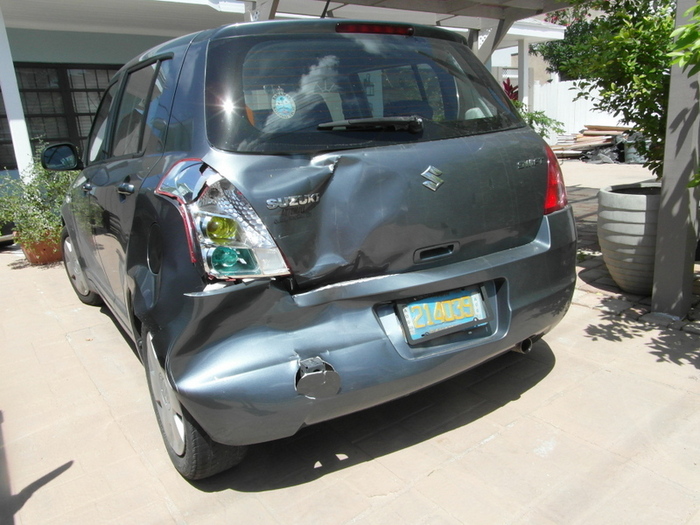
my poor car after its brush with religion
8. ‘Roadworthy’ is a flexible term
When my car got smashed up by the preacher, I did a lot of praying. Mostly about whether it would pass the island’s annual road inspection test.
I needn’t have worried. I’ve seen some shockingly derelict vehicles on the road here. If they were people, they’d be on life support and doctors would be sorrowfully shaking their heads.
And I’m not just talking about a broken tail light. Missing windscreens, buckled side doors, no rear bumper, dented trunk, smashed mirrors. Anything goes.
If you’ve got four wheels and the engine turns over then you’re good.
9. You can do anything behind the wheel of a moving car. Anything.
A few mornings ago, on my way into work, I glanced over into the next lane and saw a woman putting on her make-up. While steering with her elbows.
I wish I could say this was unusual but here’s a (non-exhaustive) list of things people do behind the wheel here:
Fix their hair
Change their clothes
Eat breakfast
Take photos/videos with their iPhone
Dance (with flailing arm movements)
Hold their dog/baby/shopping
10. The horn is a nuanced form of communication
Where I come from, a blast from the horn only means one thing – that another driver is very, very angry at you.
In The Bahamas, it is a nuanced and subtle art form that is open to much interpretation. Depending on the context, a beep can mean:
“Thank you”
“You’re welcome”
“Go ahead”
“You are an idiot”
“I think I recognise you”
“You look quite attractive. I will beep the horn and leer at you in the hope that you’ll be overcome by desire.”
– – –
What have you learned from your experiences in driving on a rock?

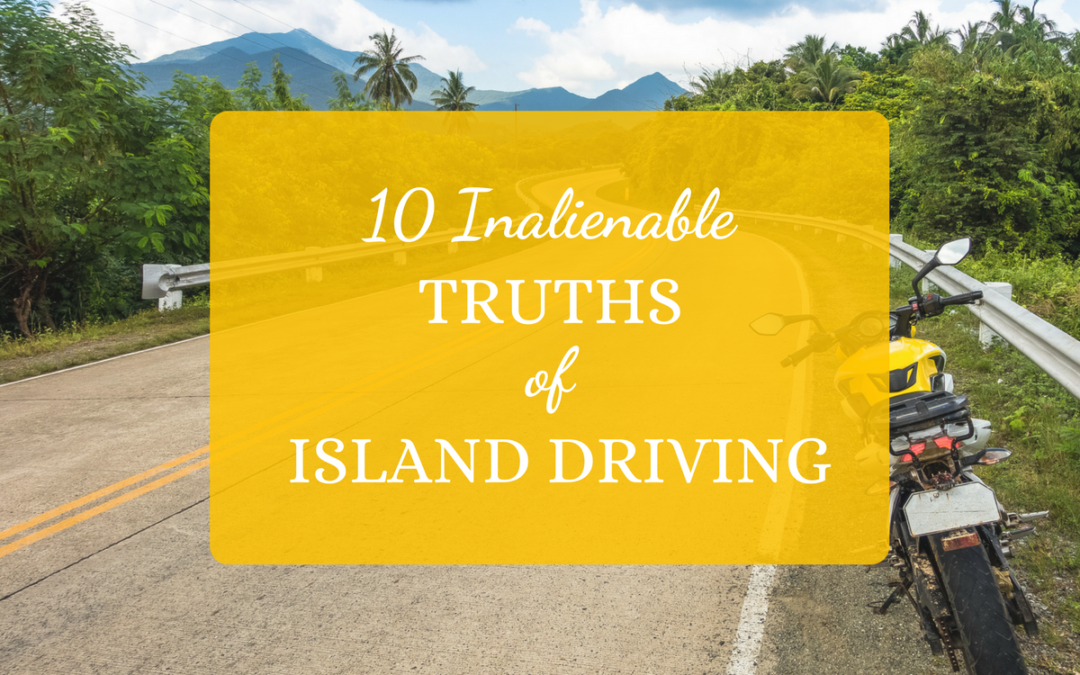

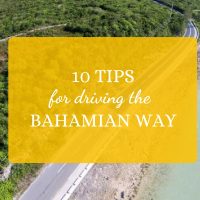
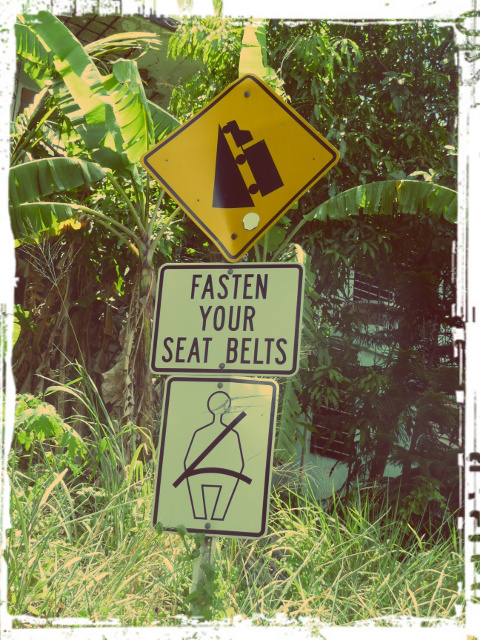
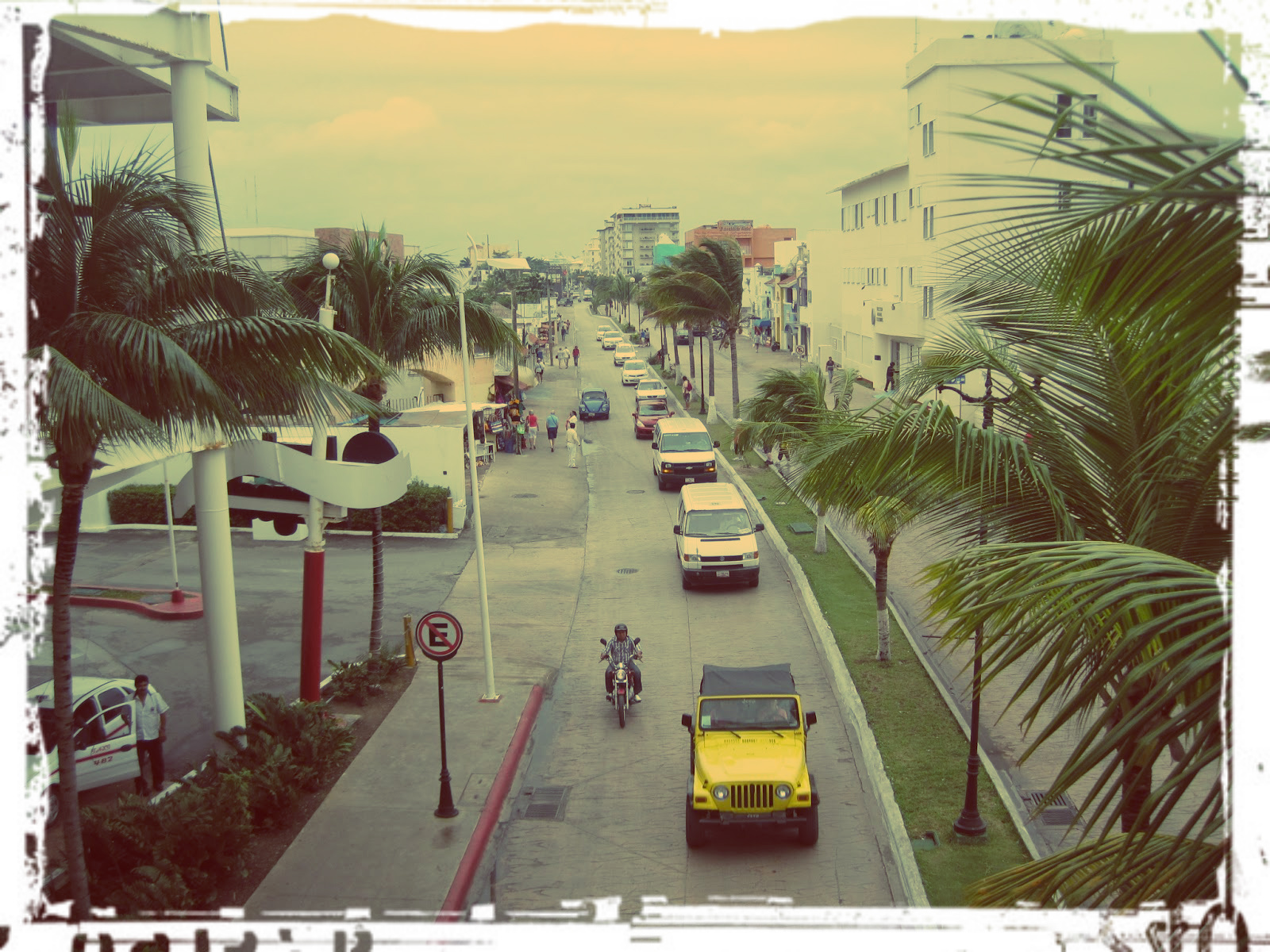










3 Comments